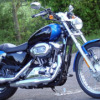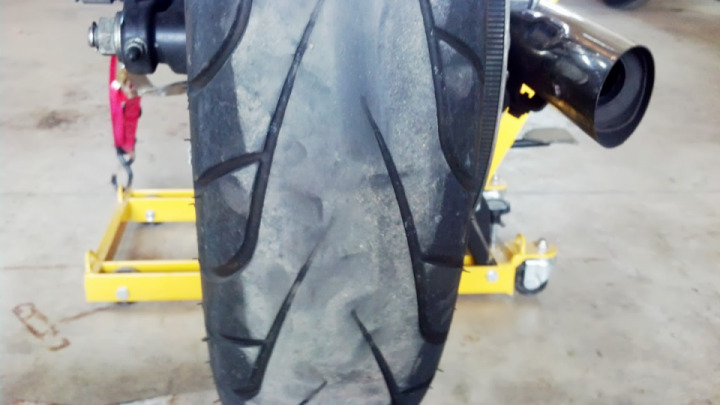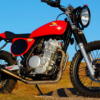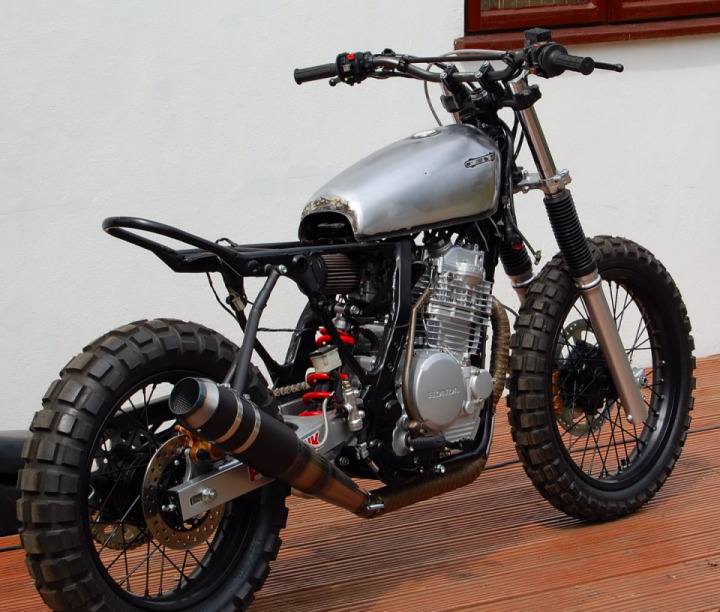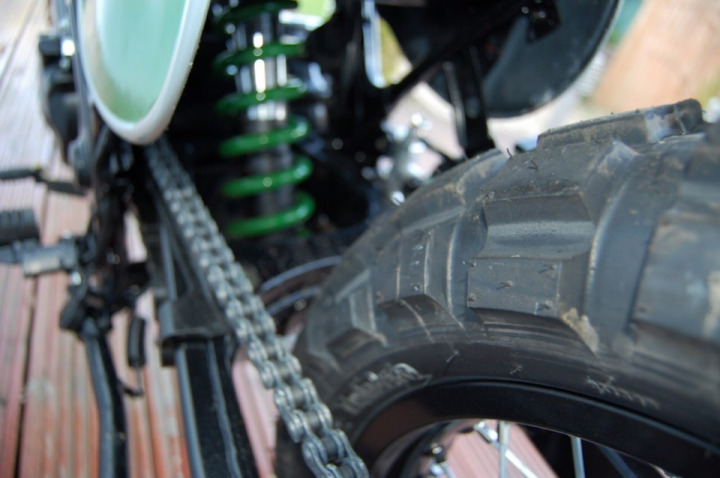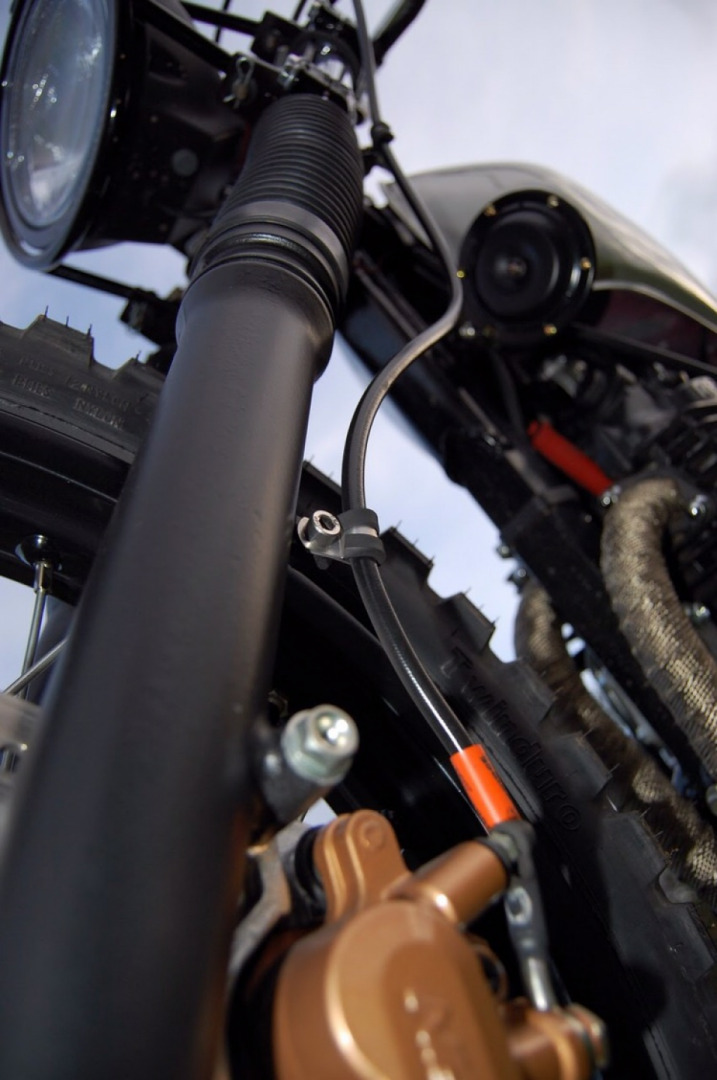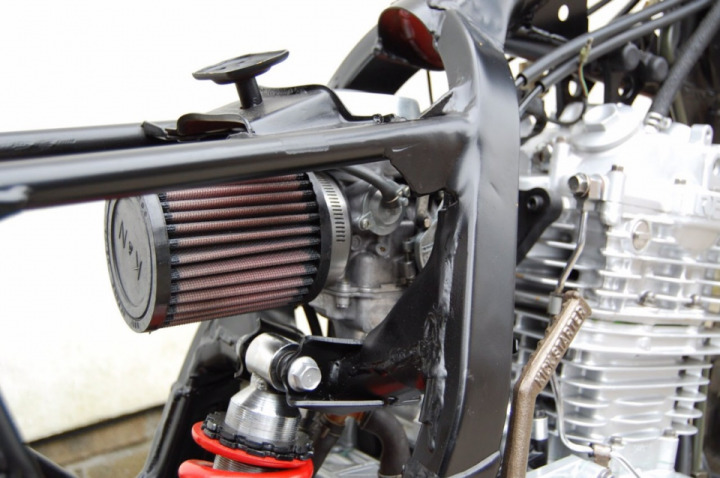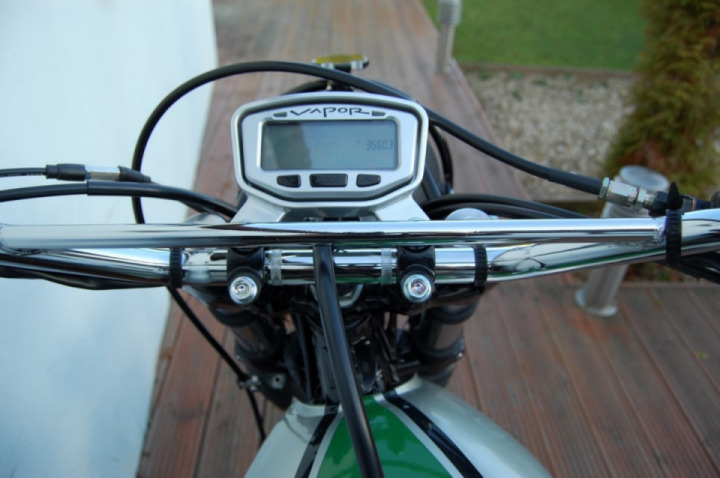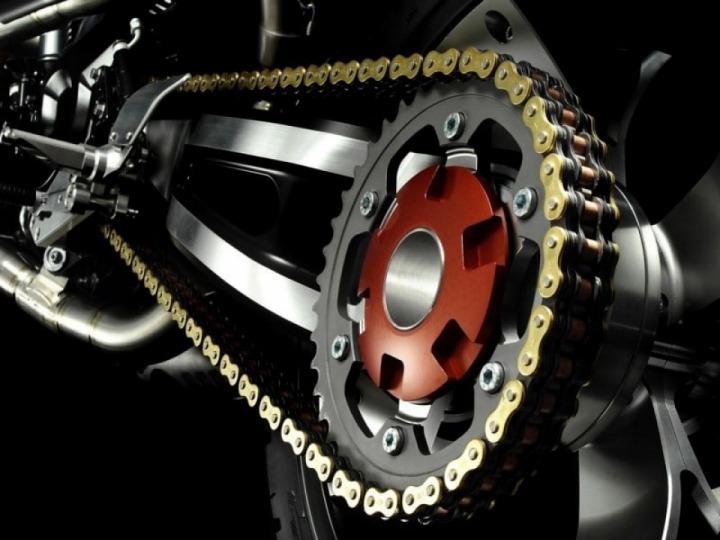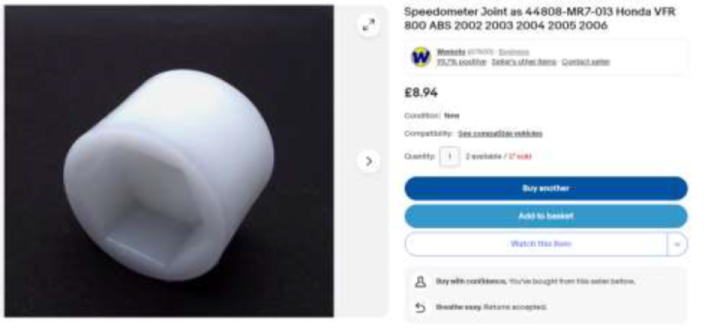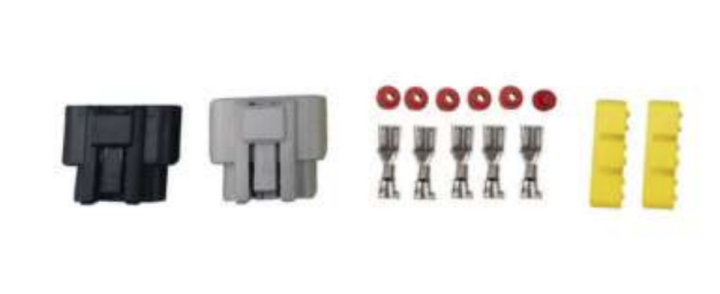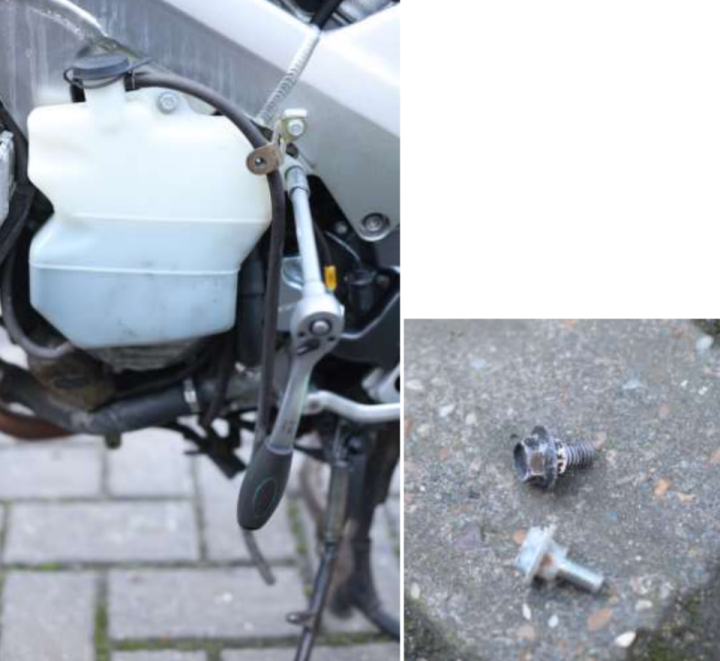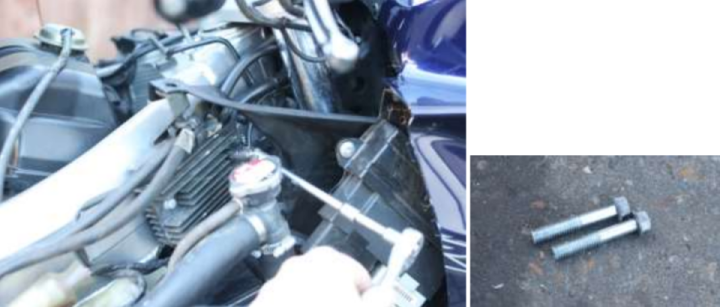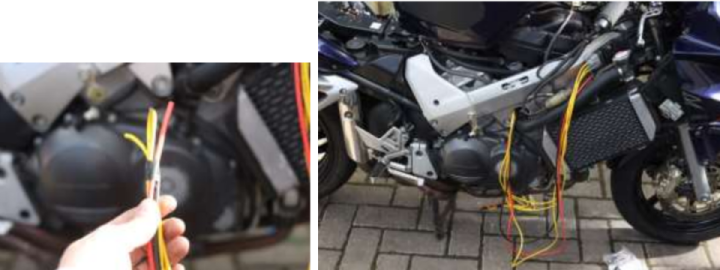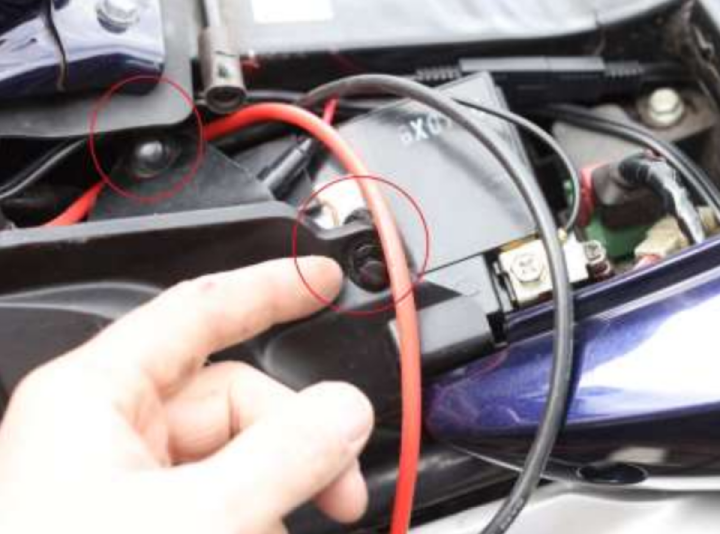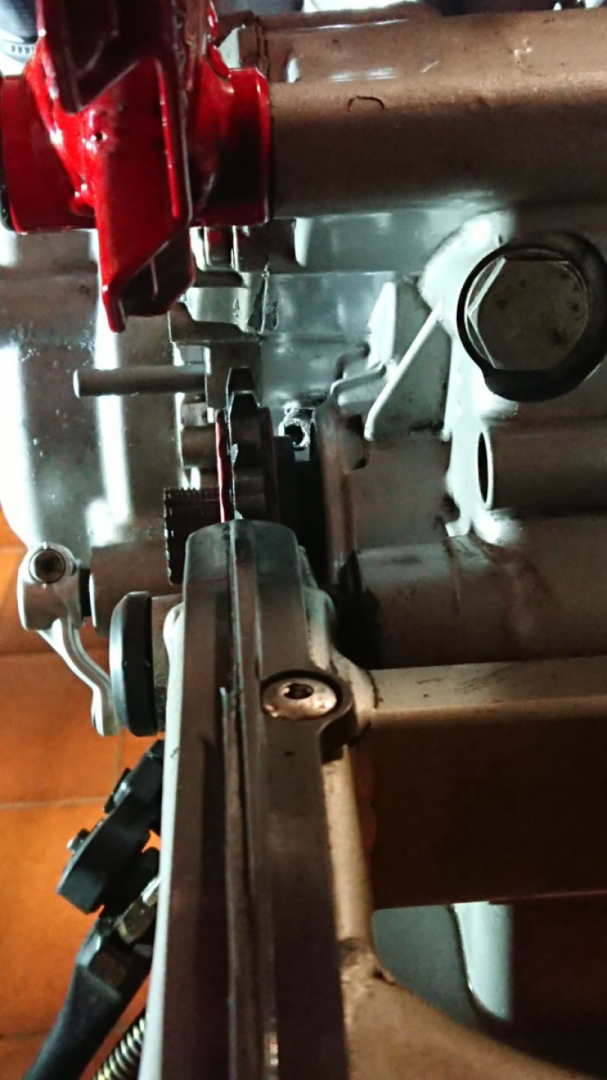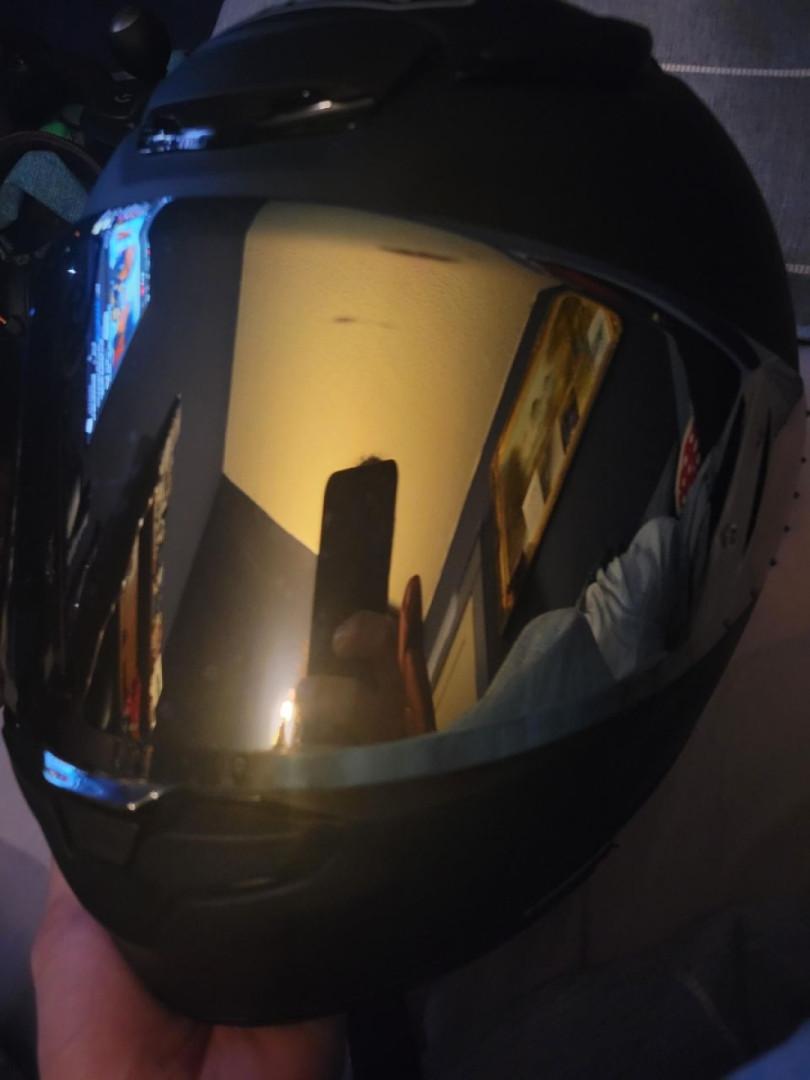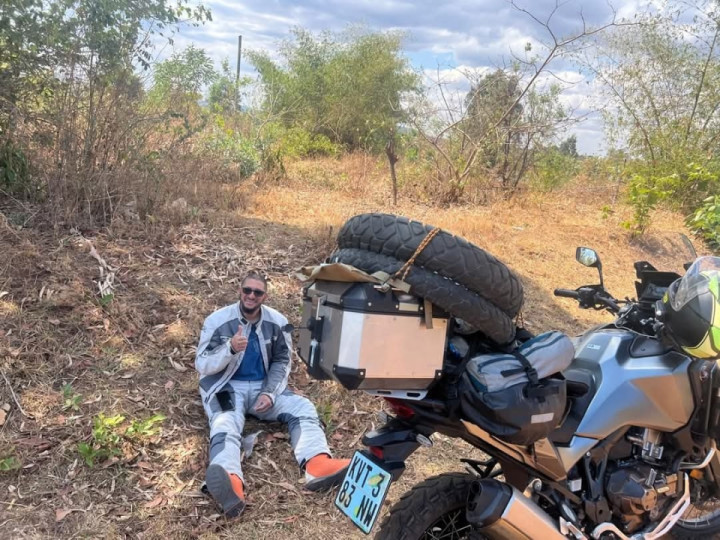How to Take Care of Your Bike's Chain, Part 1
There are many motorcycles with either belt or shaft drive out there, but still, most of the two-wheelers come with a chain final drive and this calls for special care.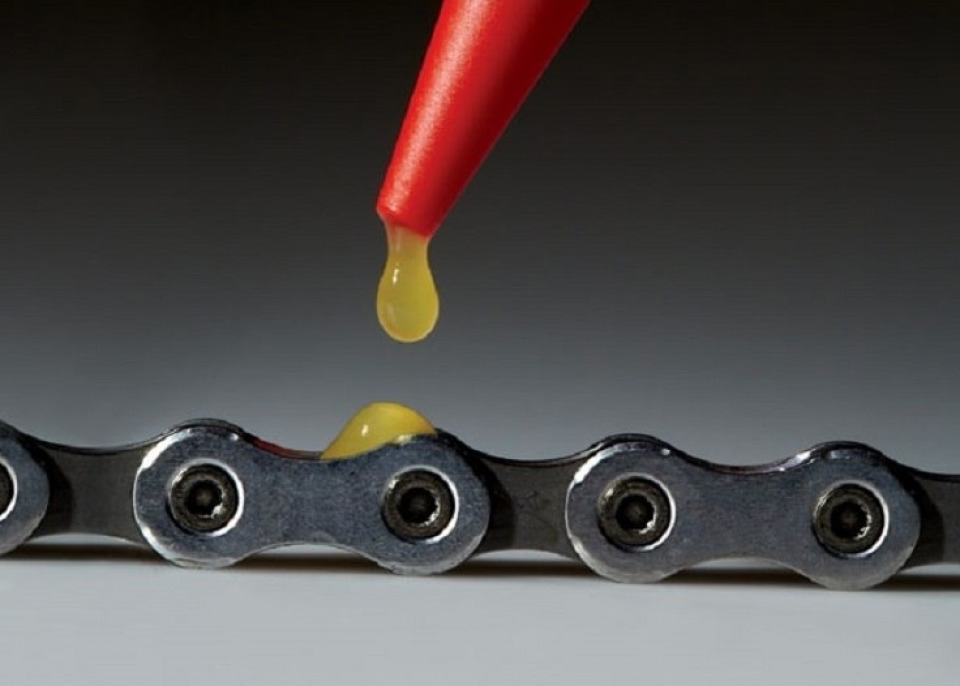
Belts, who virtually need no maintenance at all, and periodic check and replacement being all there is to do, while shafts are even cleaner and only need oil change once every several tens of thousands of miles. Chains, on the other hand, are really pesky when compared to the two before.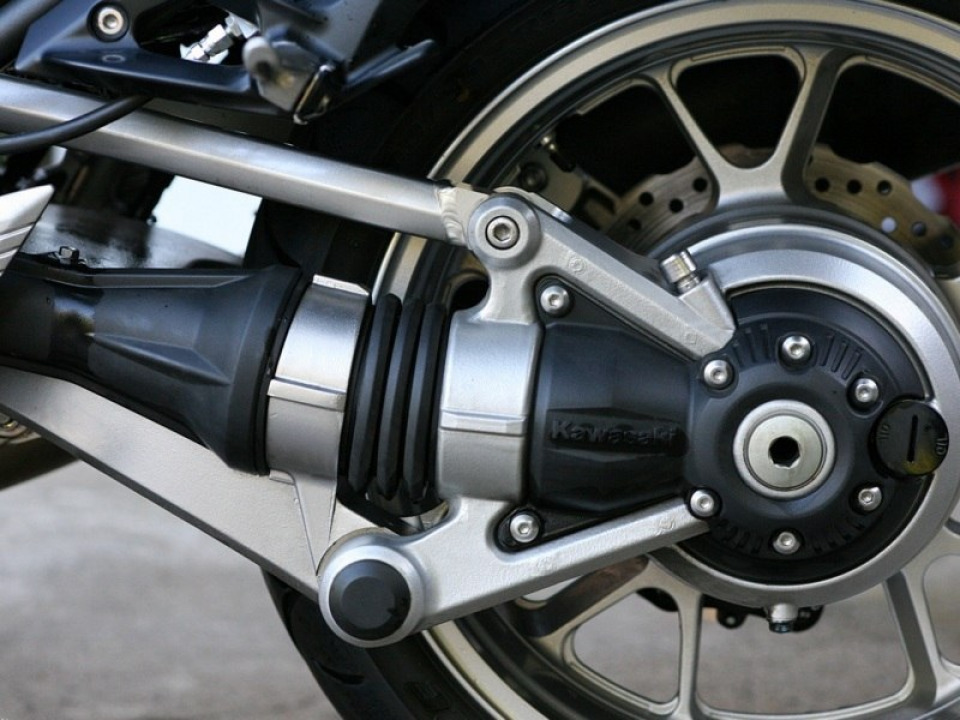

However, there are some decent rules, do’s and don’ts that can help you take better care of your motorcycle's chain.
Chain wear is also a safety element
As I’ve happened to meet younger riders with almost zero experience in motorcycling and noticed that they were quite ignorant of how chain wear could affect riding safety, I feel it's a good idea to stress out some safety-focused matters.
First of all, the chain is the final drive element, the last thing that transfers power form the engine to the rear wheel. If it fails, there's no more incoming power to the wheel and sudden loss of thrust is a very serious hazard.
Can you imagine riding through a turn and as you lean around the bend, twisting the throttle producing no more thrust? Some fast-decision, lucky riders could hope to be able to pick the bike up and slow down to safety, but in most other cases, it's low-side time.
The same goes for a broken chain when passing other vehicles: not exactly the happiest scenario, especially when there's incoming traffic, is it?
A broken chain is a thing that can lead to crashes and serious injuries and even worse. A loose chain can jump off the rear sprocket and can become jammed, also with less-than-happy consequences.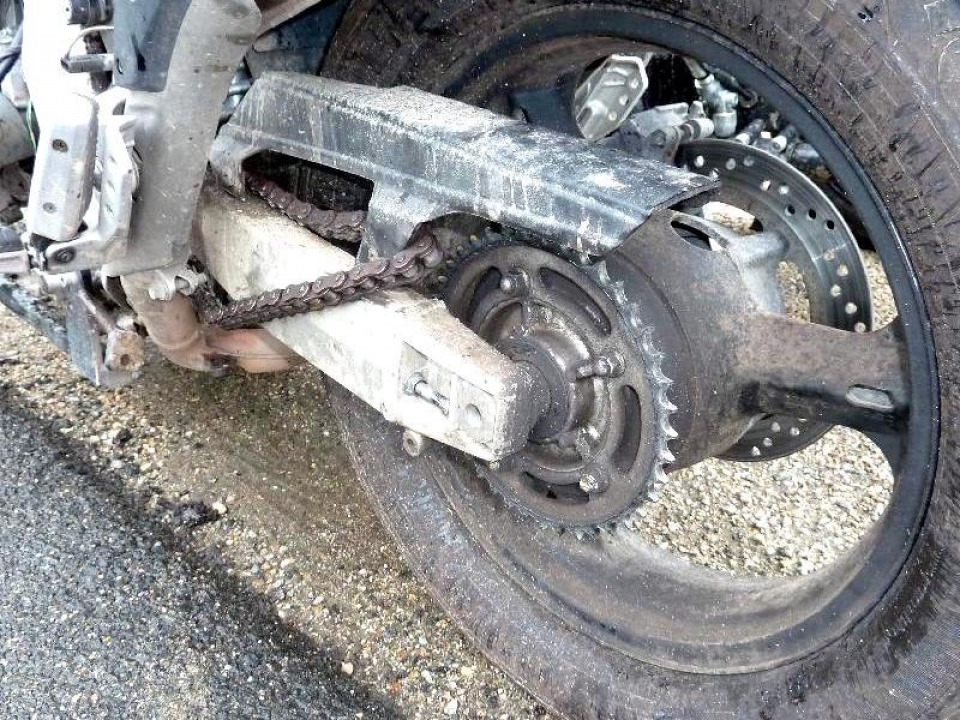
First of all, you should know that such things do not usually occur out of the blue: there are plenty of signs to tell the rider or mechanic that a chain and/or the sprockets are wearing out and either tightening or replacement is needed.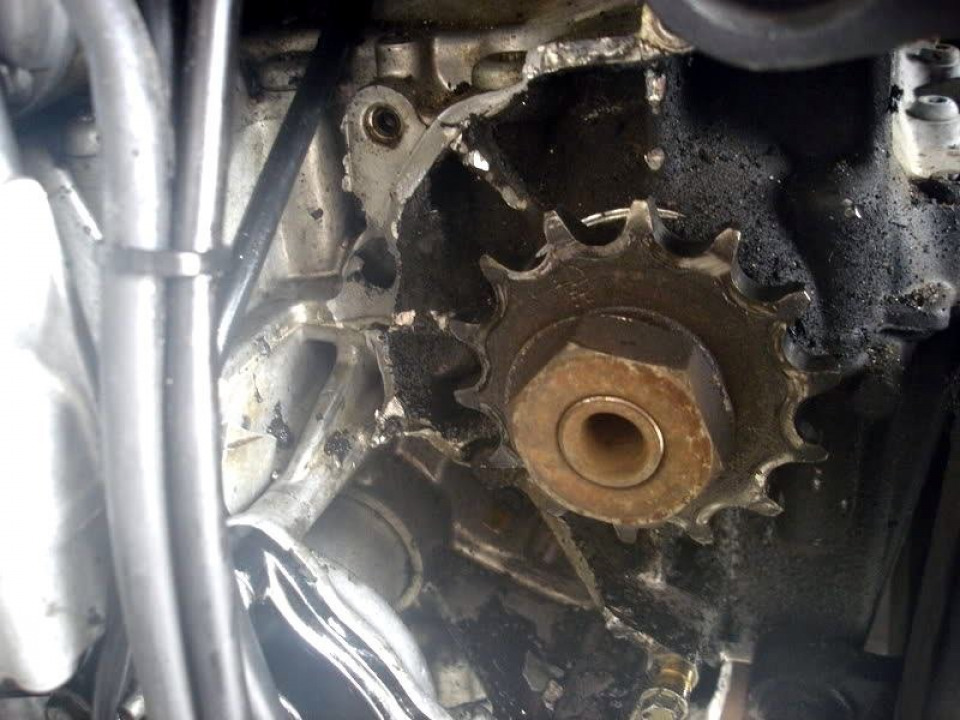
It's down to the rider or the mechanic to check that the bike is in good running condition and thus prevent chain-related incidents.
Do they stretch or do they wear?
One of the most common myths is that motorcycle chains stretch. Well, yes and no. Chains do stretch a tiny bit, but this plastic deformation is never enough to cause problems. A chain will usually break or at least be dramatically damaged in a “visual” way before becoming “stretched.” What actually damages chains and sprockets is wear.
Chains and sprockets wear over time as they are used, but proper care prolongs their life significantly. Fail to do so and you'll find out that your chain can “die” in a matter of thousands of miles.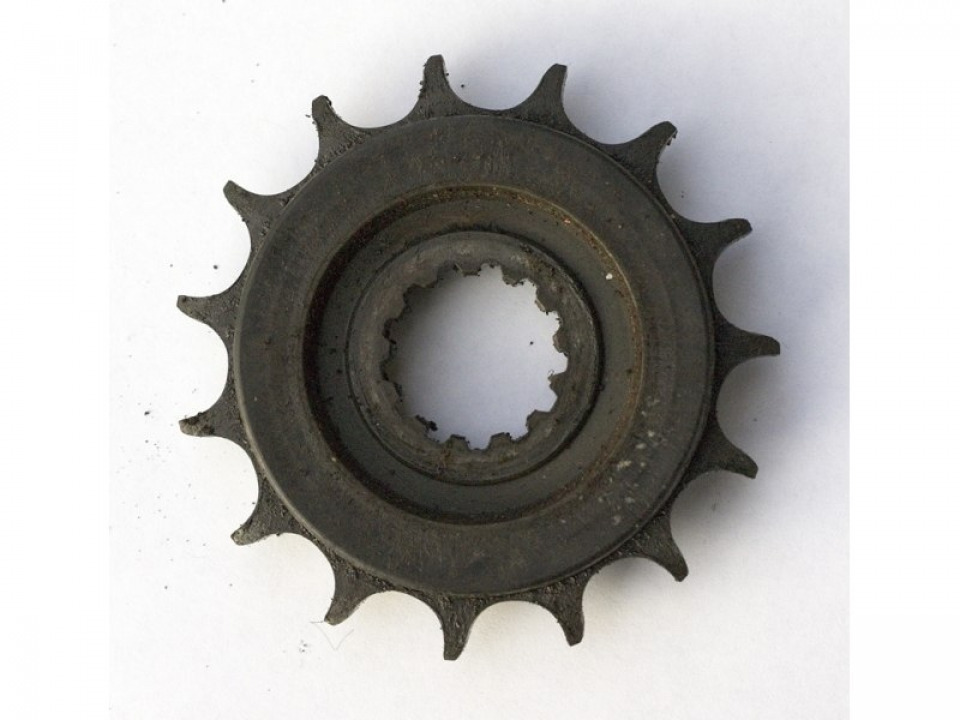
Some might be tempted to simply say the old one was crap and go for the more expensive, “racing” one, but to no avail, most of the times. Bad chain maintenance, or should I say – the lack of maintenance – is what kills the chain, racing-grade or not.
Chain basics
Chains are made by linking rollers together using pins and sideplates, it's as simple as that. What's even easier to understand is that we're dealing with metal against metal, and in the absence of lubrication, metal rubbing on metal will generate heat and degradation.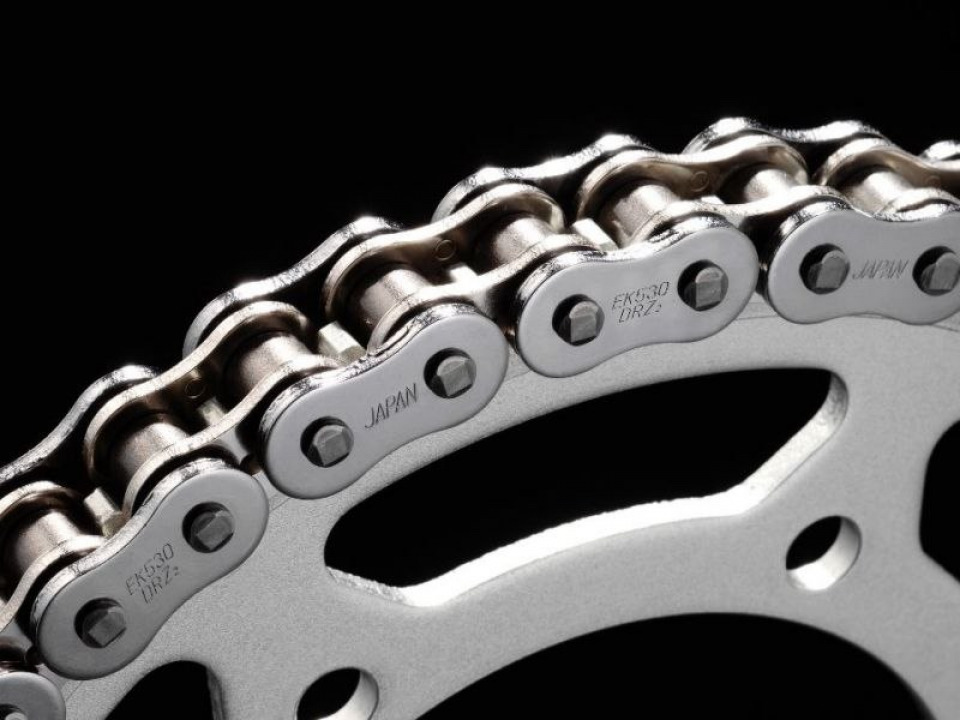
Engineers came up with a way to make the lubrication agents last longer with chains, and the rubber rings between the sideplates have been invented. O-ring, X-ring, it doesn't matter, they all have the same goal: to prevent the special grease placed inside the rollers from oozing while running.
However, that grease will not last forever, and will start to run low. This is where lubrication from the rider or the mechanic comes in. The thin oil film between the rollers and sprockets will reduce friction and help your chain last longer.
If you have a sportier riding style, having good chains well lubricated at all times is mandatory. Now, if you ride an old Norton, things are the same for you too: a clean, shiny chain is a chain that wears ten or so times faster than a “dirty” greasy one.
As wear starts grinding into the chain rollers, it will also affect the sprockets, and from this point, it's all a nasty snowball effect, in case proper action is not taken.
How do chains wear?
There are multiple factors that contribute to the chain and sprockets wear: a misaligned rear wheel, a bent chassis or swingarm that also causes the chain to fail to run true onto the sprockets, lack of lubrication, lack of periodical cleaning of the chain, very strong acceleration and excessive use of the engine brake or riding for prolonged periods in mud and sand.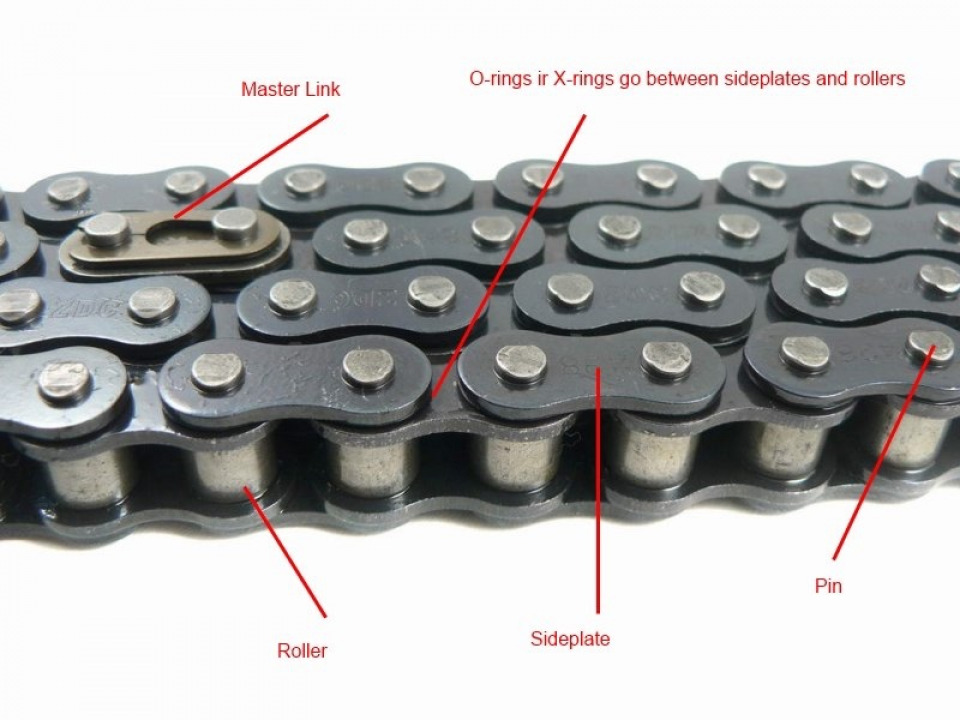
This last one is one of the fiercest enemies of your bike's chain and enduro, adventure pro MX riders know this only too well. Dirt and sand, ground into a very fine paste act like one of the best sandpaper on both rollers and sprockets, literally gnawing at them and being able to destroy the final transmission in a very short time.
In the end, is unlubricated metal grinding against metal that kills your chain, so once again, keeping your chain well lubricated is the best care.
Hard acceleration and engine brake
Strong, sudden acceleration is bad for the chain, especially when shooting off from a stand still. The bike's inertia is quite big and a massive amount of power is needed to get it rolling ahead. As you ride away in a casual manner, the stress on the chain and sprockets is already at top values, and throttling really hard only makes things go over the top.
If this is everyday business, the front sprocket will show a specific wear, with the teeth “bent” to the right. When using the engine brake excessively, it will be the other way around.
Anyway, chains and sprockets do wear much worse because of throttling really hard than because of engine brakes and as abnormal wear is detected, then something is clearly wrong, from a mechanical or from a rider's point of view.
Basically, both types of excessive use of a bike will have a negative impact on the final transmission, so riding sensibly and taking care of it or spending big bucks on changing chain kits frequently are the only ways.
Before we head on to the tips, you should remember that motorcycle chains are not eternal. They need periodical inspection and maintenance; even though cleaning bike chain is not exactly neat and tidy, it's part of being a rider.
To be continued..

 Follow
5.3K
Follow
5.3K


